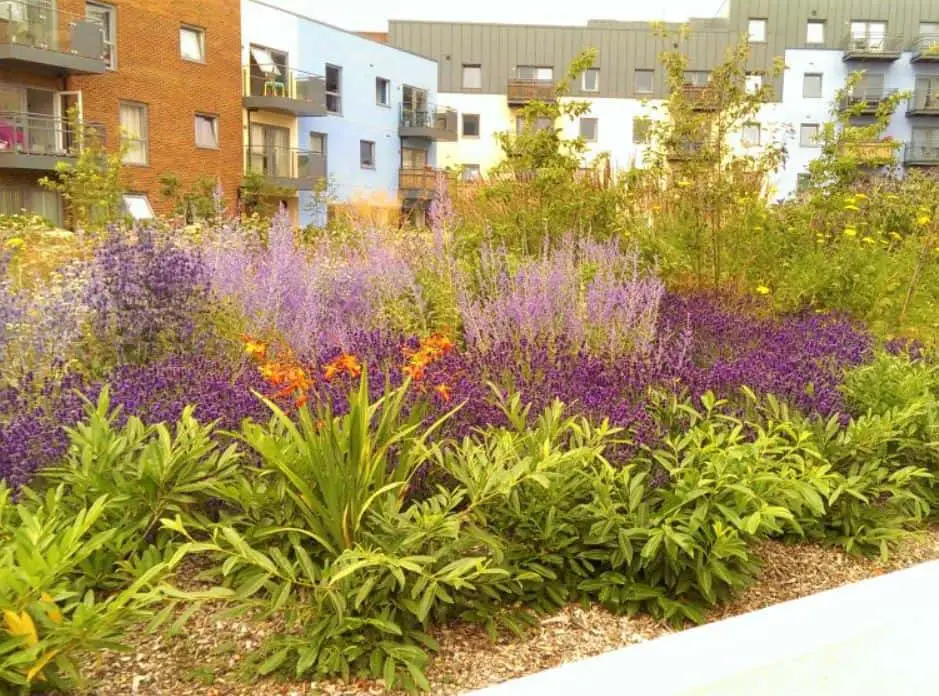Gardeners and homeowners become more interested in natural ecosystems as they become more conscious of environmental problems and sustainability. The debate over native vs. non-native and invasive species might be perplexing if you’re unfamiliar. To choose the ideal plants for your region, it is crucial to comprehend the distinctions.

What is an Invasive Plant?
Do you know why invasive plants are a problem? Most people are aware of this. How can a plant become invasive? Are all invasive non-native species present? These are significant inquiries. Start by defining these three keywords:
- Native plant: If a plant develops unassisted and naturally in the habitat where it was first created, it is said to be native. In other words, the plant was not transported there by humans. It coexists in symbiotic interactions with other plants and fauna and is organically suited to its environment.
- Non-native plant: A plant is non-native if it only exists in a place due to human activity. Humans transplanted the plant from its original habitat to a new one. It could thrive in the new environment and form bonds with nearby plants and animals, or it might not.
- Invasive plant: A non-native plant that has been moved to a new place and hurts the environment or people. Non-native species are always invasive.
How Do Species Invade New Areas?
New places are purposefully or unintentionally exposed to non-native flora. Intentionally introducing non-native species into gardens is one of the leading contributors to the spread of these plants. Gardeners have long welcomed them, and plant vendors have long sought novel specimens that potential customers would like.
Native plants are simple to disseminate once they are in the garden. Even if the gardener may not have intended for it to, invasive plants tend to do this. They may quickly spread by their runners, roots, or seeds dispersed by animals.
When an imported plant species outcompetes native plants for resources, endangers local fauna, or harms human or animal health, it is considered invasive. The following traits increase a plant’s likelihood of spreading aggressively:
- They generate a large number of seeds, which facilitates their rapid spread. A notable example is garlic mustard, which produces hundreds of seeds per plant.
- Invasive species often reproduce sexually, through seeds, and asexually, for example, via rhizomes. They are superior to other plants because of this.
- Like invasive honeysuckles, they often have leaves that emerge sooner in the spring and continue to be green into the autumn. Thus, the plants can photosynthesize for a longer time than native plants. Additionally, they may cast shadows, which hurts smaller native plants.
- Typically, invasive plants are all-around. They may grow in various environments, including different kinds of soil, moisture levels, and lighting.
- Compared to natural plants, they are less vulnerable to pests. Most plants have pests that limit their development in their natural habitats.
- Even worse, some invasive plants release toxic compounds to plants nearby. Phragmites is an invasive reed that spreads over most of the United States. Its roots exude an acidic poison that kills other plants.
Invasive plants may spread swiftly and actively injure or outcompete native species using any of these tactics. Consequently, the environment becomes dominated by a single plant, creating a monoculture.
Do Invasive Species Always Exist?
A non-native plant is, by definition, an invasive plant. However, the reverse is only sometimes true. Introducing a good-growing non-native plant with no negative effects is feasible.
Numerous exotic or decorative plants, sometimes known as non-native plants, have appealing traits. They produce plenty of blooms, are lovely, simple to grow and spread, and sometimes provide edible fruit.
These qualities may be appreciated without harming your local ecology or importing alien species. In truth, you already have a lot of non-native, secure plants. In the United States, examples include:
- Most veggies, including peppers and tomatoes
- Petunias
- Impatiens
- Lilacs
- Most herbs
Know your species before bringing in any new plants. If you need clarification on whether a non-native plant is invasive, get further information from your state’s natural resources agency or neighborhood extension office.


